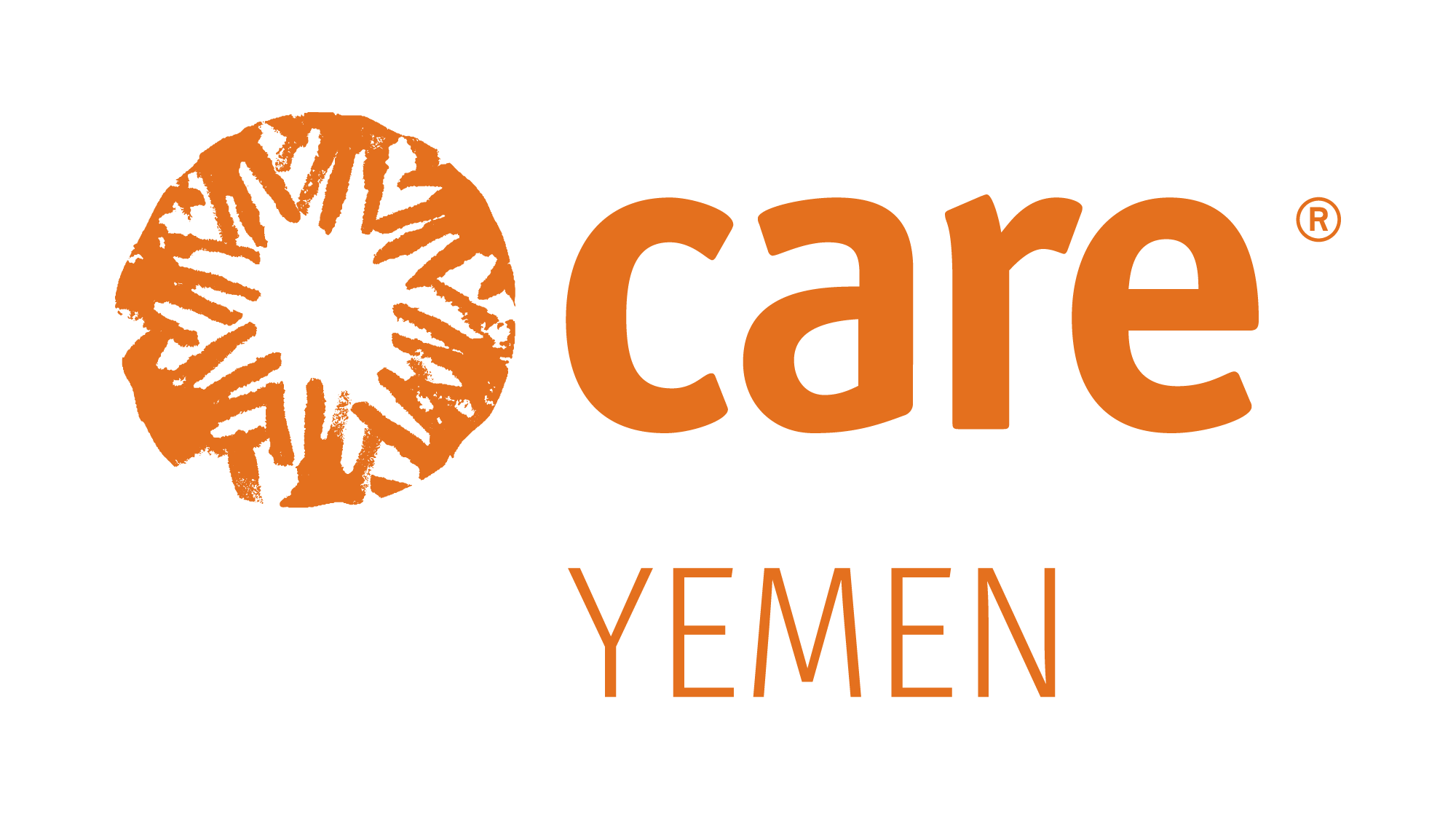One day I was on a field visit to some rural areas in Amran Governorate, which is in the northwestern region of Yemen. I had seen two girls standing on the edge of an open well and fetching water. They used to carry water as all villagers do, by loading water on animals and on their heads.
The distance between the water source and their homes meant they were taking more than three-hour journeys through dangerous paths. Such tasks, more often than not, fall upon girls and women and have forced schoolgirls to leave school to support their families.
I felt happy when I returned to the same village after a while and saw that the very same well was rehabilitated and protected, and that the water is now delivered to the village through a sustainable solar power unit.
The water severity problem in Yemen is a chronic issue and has been for a while. However, recently it became a critical need because of the long drought season due to climate change conditions, the fuel shortage crisis, alongside the long years of the ongoing war in our country. As a result, the people have been depending on contaminated water sources that are not even readily accessible, to cover their most basic needs.
According to the 2022 Humanitarian Needs Overview (HNO), 17.8 million Yemenis require support to access clean water and basic sanitation needs.



